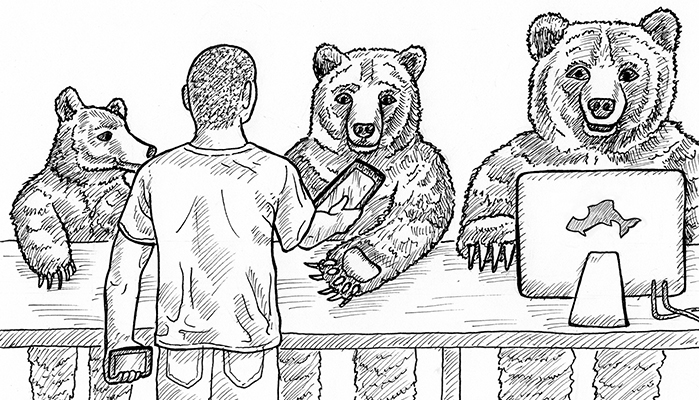
Congratulations, entrepreneur. You’ve built a new product, engineered great features, and verified product market fit. You’re ready to tell the world about all the hard work you’ve done, and sell what you’ve made.
But before you hit the send button, let’s stop for a minute. Have you considered what story to tell? You’ve thought about product market fit but have you considered customer story fit?
What is customer story fit and why does it matter?
Marketing is simply connecting a product or service with a person who needs it, delivering the story through a channel that reaches them when they’re ready to use the information, told in a way that captures their attention and motivates them into action.
Customers respond from their point of view, not yours. It doesn’t matter how cool you think your product materials are or how powerful your products’ features are compared to the competition. If those elements aren’t relevant to your audiences right now, they have no reason to engage.
Exchange your viewpoint with theirs; literally change places with your customer and see what happens. What would they build? Why? What features matter to them?
Be aware that your product and business may be speaking with different audiences all at the same time. Each audience may need a different version of the story based on the brand elements that are most important to them. Customer story fit ensures that your audiences hear the story that’s just right.
If you can frame your product and service with empathy for your audiences’ needs, desires and dreams, you will have a much better chance of connecting with them in meaningful ways.
Microsoft, #25 on the Fortune 500 list, has made the pivot from an engineering-driven company to a customer-centric one, accelerated under the leadership of CEO Satya Nadella. Even at this global scale, and mammoth reach, Microsoft listens to individual customers.
As Andrew Musca put it in his Fortune magazine article, Microsoft Will Serve You Now, “…Microsoft is undergoing a radical and rapid transformation. The former schoolyard bully of the software world is remaking itself as a collaborative, customer-friendly service provider.”
New marketing campaigns deliver the story to their customers. The tagline for Windows 10 is “A more human way to do” and the campaign asks customers to tweet the things in their world that they want to upgrade with the hashtag #UpgradeYourWorld.
In other words, “What do you need, and we’ll help” rather than “here’s what we made, buy now.”
Last winter, REI put their customers first by giving them the choice to #OptOutside, and play with friends and family, instead of participating in the sales frenzy of Black Friday. There’s nothing customer-centric about either Black Friday or Cyber Monday; these are industry names for the days that are most important to the retailers’ bottom line rather than their customers’ experiences.
At first we tell stories to people about the stuff that matters to us. Ultimately, when you truly understand your audience and deliver the brand story that matters to them, you elevate your brand for customers and all of your key stakeholders.